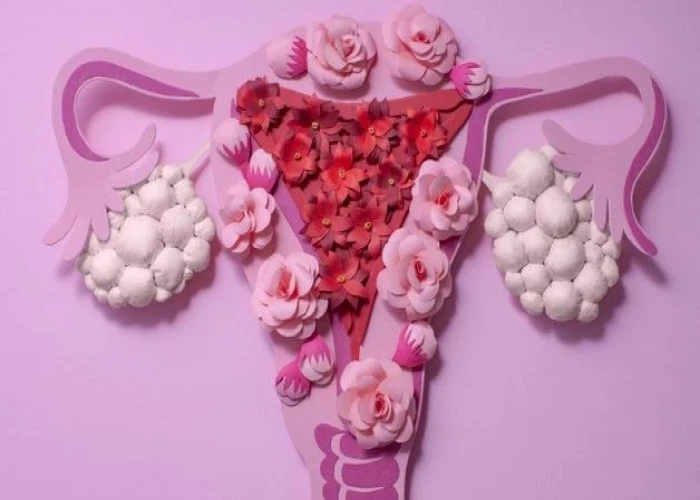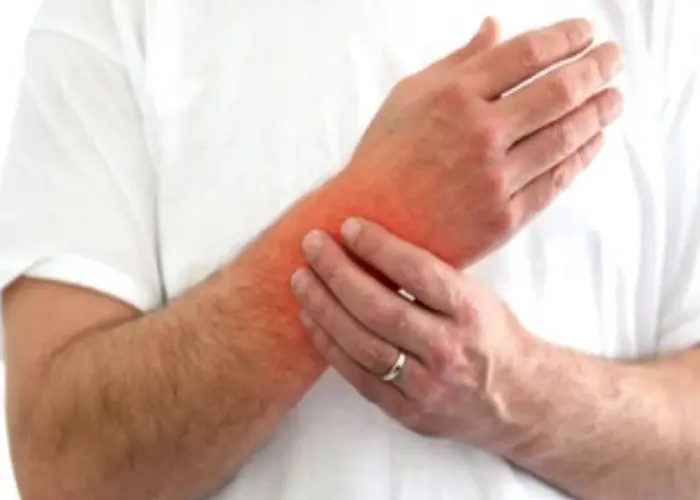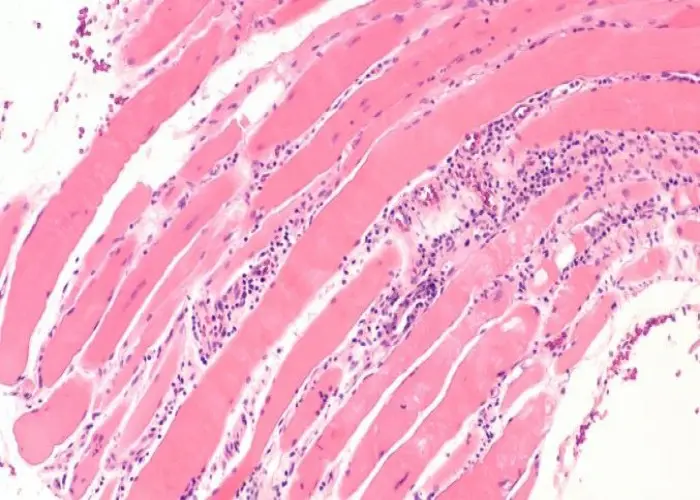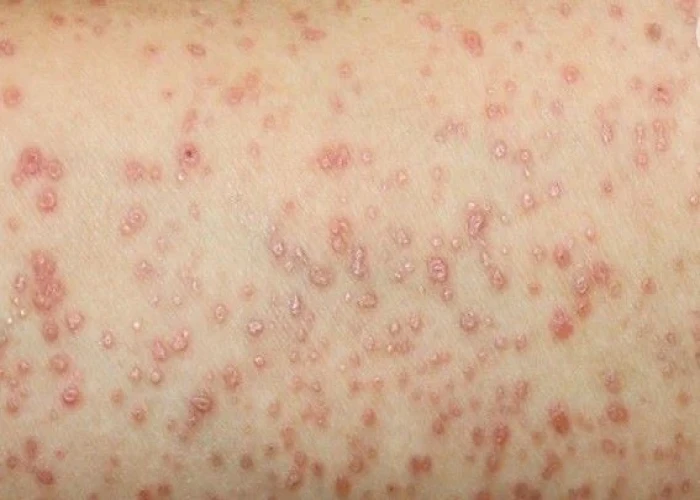 Welcome
Welcome
“May all be happy, may all be healed, may all be at peace and may no one ever suffer."
Lichen planus

Lichen planus is an inflammatory skin condition that can affect the skin, mouth, genital area, scalp, and nails. It is characterized by flat-topped, shiny, purple or reddish-purple bumps or papules, which may be very itchy. These papules often have a white, lacy pattern on their surface and may occur in clusters.
The exact cause of lichen planus is not fully understood, but it is thought to be related to an autoimmune reaction in the body. It can occur in people of all ages and genders, but is more common in middle-aged adults.
The skin lesions of lichen planus usually resolve on their own within several months, but in some cases they may persist or recur. Treatment options may include topical or oral steroids, antihistamines, phototherapy, or immunomodulatory medications. In cases where the lesions are severe or cause significant discomfort, other treatments such as laser therapy or cryotherapy may be recommended.
Lichen planus can also affect the mouth, causing white patches, ulcers, or pain. In these cases, topical or oral steroids, as well as other medications, may be used to manage symptoms. Lichen planus can also affect the nails, causing ridges, thinning, or nail loss. Treatment for nail involvement may include topical or oral medications, as well as protective measures such as avoiding trauma to the nails.
Research Papers
Disease Signs and Symptoms
- Itching
- Blisters
- Skin patches
- Mouth sores
- Hair loss
- Nail damage
- Blisters that break to form scabs or crusts
- Lacy white patches in the mouth or on the lips or tongue
Disease Causes
Lichen planus
Lichen planus occurs when your immune system attacks cells of the skin or mucous membranes. It's not clear why this abnormal immune response happens. The condition isn't contagious.
Lichen planus can be triggered by:
- Hepatitis C infection
- Flu vaccine
- Certain pigments, chemicals and metals
- Pain relievers, such as ibuprofen (Advil, Motrin IB, others) and naproxen (Aleve, others)
- Certain medications for heart disease, high blood pressure or arthritis
Disease Prevents
Disease Treatments
Lichen planus on the skin often clears up on its own in months to years. If the disease affects your mucous membranes, it tends to be more resistant to treatment and prone to recur. Whatever treatment you use, you'll need to visit your doctor for follow-up appointments about once a year.
Medications and other treatments might help relieve itching, ease pain and promote healing. Therapy can be challenging. Talk with your doctor to weigh the potential benefits against possible side effects of treatment.
Corticosteroids
The first choice for treatment of lichen planus is usually a prescription corticosteroid cream or ointment. If that doesn't help and your condition is severe or widespread, your doctor might suggest a corticosteroid pill or injection.
Common side effects of topical corticosteroids include skin irritation or thinning where the cream is applied and oral thrush. Corticosteroids are considered safe when taken as directed and for short-term use.
Oral anti-infections drugs
Other oral medicines used in selected situations for this condition are the antimalarial hydroxychloroquine (Plaquenil) and the antibiotic metronidazole (Flagyl, others).
Immune response medicines
Severe signs and symptoms may require prescription medications that suppress or modify your body's immune response, such as azathioprine (Azasan, Imuran), mycophenolate (Cellcept), cyclosporine (Gengraf, Sandimmune, others) and methotrexate (Trexall).
Antihistamines
An antihistamine medication taken by mouth might relieve the itching of lichen planus.
Light therapy
Light therapy (phototherapy) may help clear up lichen planus affecting the skin. The most common phototherapy for lichen planus uses ultraviolet B (UVB) light, which penetrates only the upper layer of skin (epidermis). Light therapy usually requires two to three treatments a week for several weeks.
This therapy isn't recommended for dark-skinned people, who have an increased risk of their skin staying slightly darker even after the rash clears up.
Retinoids
If your condition doesn't respond to corticosteroids or light therapy, your doctor might prescribe a retinoid medication taken by mouth, such as acitretin (Soriatane).
Retinoids can cause birth defects, so these drugs aren't recommended for women who are pregnant or may become pregnant. If you're pregnant or nursing, your doctor may opt to delay topical retinoid therapy or choose a different treatment.
Dealing with triggers
If your doctor suspects that your lichen planus is related to hepatitis C infection, allergies or a drug you take, you might need other treatment. For example, you may need to switch medications or avoid offending allergens. Your doctor may refer you to an allergist or, in the case of a hepatitis C infection, a specialist in liver disease (hepatologist) for further treatment.
Disease Diagnoses
Disease Allopathic Generics
Disease Ayurvedic Generics
Disease Homeopathic Generics
Disease yoga
Lichen planus and Learn More about Diseases

Primary lateral sclerosis (PLS)

Chronic sinusitis

Tongue-tie (ankyloglossia)

Polycystic ovary syndrome (PCOS)

De Quervain's tenosynovitis

Coarctation of the aorta

Anterior prolapse (cystocele)

Dermatomyositis
lichen planus, লাইকেন প্ল্যানাস
To be happy, beautiful, healthy, wealthy, hale and long-lived stay with DM3S.
